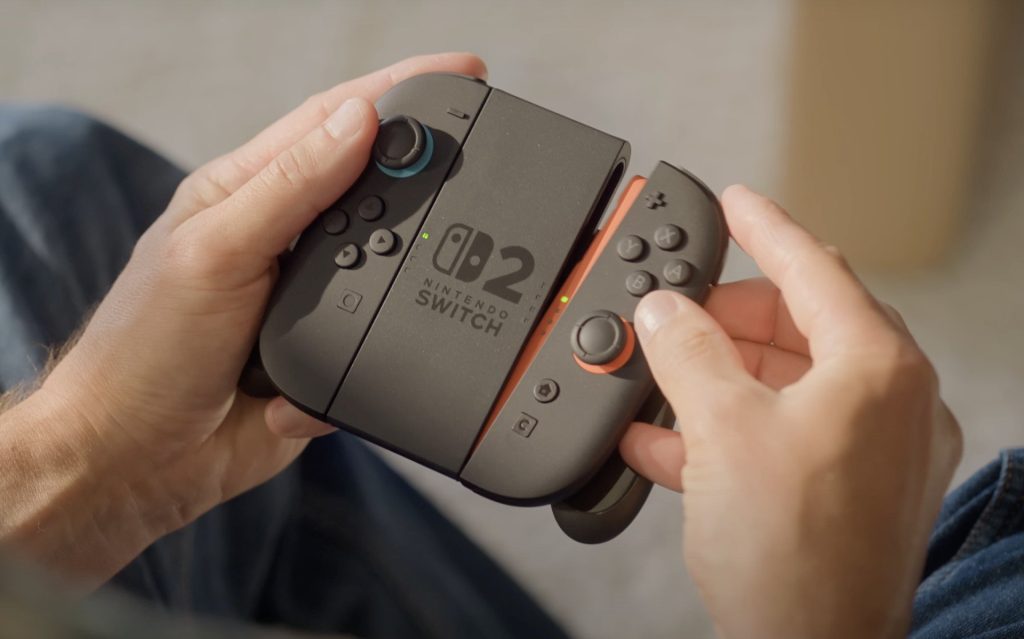Just over a week after the launch of the much-anticipated Nintendo Switch 2, the gaming giant is looking to gather feedback from its user base through a comprehensive survey. This initiative is part of Nintendo’s strategy to understand the customer experience and enhance future gaming offerings.
Survey Details and Participation
Recent reports suggest that users from various countries, including Australia, New Zealand, the UK, and parts of Europe, have started receiving emails inviting them to participate in the survey. This outreach has been described as a “limited” opportunity by Nintendo, urging recipients to quickly respond if they wish to provide their insights. The survey addresses a range of questions, primarily focused on users’ experiences with the Switch 2.
The survey covers fundamental demographic questions, such as the participant’s age and household size. It then transitions to specific queries about the Switch 2, including whether the participant has purchased the console, their plans to make it their primary gaming device, and details on how they obtained it. Notably, some sections require open-ended responses, encouraging participants to elaborate on their motivations for buying the Switch 2, what aspects they appreciate about the console, and any grievances they might have encountered so far.
This user feedback mechanism is crucial for Nintendo, as it not only gauges customer satisfaction but also helps identify areas of improvement for ongoing software updates and future hardware development.
Importance of User Feedback
User feedback plays a vital role in the gaming industry, as it provides developers with firsthand insight into user experiences and preferences. Collecting and analyzing this data can lead to significant improvements in game design, functionality, and overall user experience. According to a survey conducted by [Statista], 88% of game developers consider player input crucial for enhancing their products. This emphasizes the necessity of understanding player opinions, especially for a console like the Switch 2, which aims to build on the success of its predecessor.
Moreover, the Switch 2 arrives at a time when competition in the gaming console market is fierce, with competitors like Sony’s PlayStation 5 and Microsoft’s Xbox Series X vying for dominance. Responding to consumer demands and preferences is vital for maintaining relevance and appeal in this competitive landscape. Nintendo’s direct engagement with users via surveys is an excellent way to cultivate loyalty and satisfaction among its player base.
Community Reaction and Anticipation
The launch of the Switch 2 has been met with a mixture of anticipation and excitement within the gaming community. Many players have expressed their eagerness to dive into the capabilities of the new hardware, as it reportedly offers enhanced performance and graphics compared to the original Switch. In a recent discussion on the [Reddit] gaming forum, users have shared their experiences and early impressions, highlighting the improved processing power and graphics fidelity as key points of interest.
Feedback from initial adopters of the Switch 2 can help shape the platform’s future, especially in terms of exclusive game releases and user interface enhancements. As Nintendo collects and analyzes the data from this survey, they may also consider implementing feedback on various features within the console’s ecosystem, ensuring that the Switch 2 remains a competitive choice among gamers.
Quick Reference Table
| Feature | Description |
|---|---|
| Launch Date | Just over a week ago |
| Survey Availability | Limited participation, quick response encouraged |
| Primary Focus Areas | User demographics, purchasing experience, product satisfaction |
| Community Response | Positive feedback about performance improvements |
| Developer Considerations | Crucial for product improvement and user loyalty |
Nintendo’s proactive approach in seeking user feedback underscores its commitment to improving the gaming experience. As the survey results roll in, it will be fascinating to see how this feedback influences future updates and game releases for the Switch 2.

